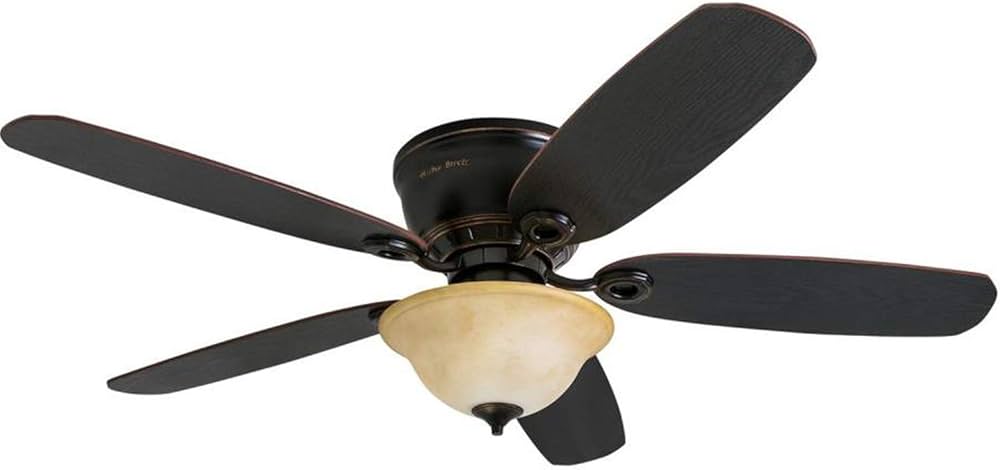
Introduction
Butcher block islands are a great addition to any kitchen, offering both practicality and aesthetic charm. In smaller kitchens, a compact butcher block island can provide these benefits without overwhelming the space. This article will discuss the advantages of small butcher block islands, how to choose the right one, and tips for maintaining it.
Advantages of Small Butcher Block Islands
Versatility
Small butcher block islands are incredibly versatile. They can serve as prep stations, additional dining areas, or extra storage space. Their multifunctionality makes them an ideal choice for smaller kitchens where every square inch counts.
Aesthetic Appeal
Butcher block islands bring warmth and natural beauty to a kitchen. The rich, wooden surface adds a touch of rustic charm that can complement various kitchen styles, from traditional to modern.
Durability
Butcher block countertops are made from hardwoods like maple, oak, and walnut, known for their durability. These surfaces can withstand the wear and tear of daily kitchen activities, making them a practical choice for busy households.
Eco-Friendly
Wood is a renewable resource, and choosing a butcher block island made from sustainably sourced wood can be an environmentally friendly option. Additionally, butcher block islands can be refinished multiple times, extending their lifespan and reducing waste.
Choosing the Right Small Butcher Block Island
Size and Proportion
When selecting a small butcher block island, it’s essential to consider the size and proportion relative to your kitchen. Ensure there is enough space to move around the island comfortably and that it doesn’t obstruct key areas like the sink, stove, or refrigerator.
Type of Wood
Different woods offer various benefits. Maple is a popular choice due to its hardness and fine grain, making it resistant to scratches and dents. Oak is also durable and has a distinct grain pattern that adds character. Walnut, while slightly softer, offers a rich, dark color that adds elegance to any kitchen.
Design and Features
Consider the design and additional features of the island. Some islands come with built-in storage, shelves, or drawers, which can be incredibly useful in smaller kitchens. Others may have wheels, allowing you to move the island as needed.
Finish
The finish of the butcher block island is crucial for both aesthetics and maintenance. An oil finish enhances the natural beauty of the wood and is food-safe, but it requires regular reapplication. A varnish or polyurethane finish provides a more durable, water-resistant surface but may not be suitable for direct food preparation.
Maintenance Tips for Butcher Block Islands
Regular Cleaning
Clean your butcher block island regularly with mild soap and water. Avoid using harsh chemicals or abrasive scrubbers, as they can damage the wood.
Oiling
To maintain the wood’s luster and prevent it from drying out, oil the surface every few months. Use food-grade mineral oil or a specialized butcher block oil, applying it in a thin, even layer and allowing it to soak in overnight.
Sanding and Refinishing
If your butcher block island small becomes scratched or stained, it can be sanded down and refinished. Use fine-grit sandpaper to smooth the surface, then reapply the oil or finish of your choice.
Avoiding Heat and Moisture
Wood can warp or crack when exposed to excessive heat or moisture. Use trivets or heat pads under hot pots and pans, and clean up spills promptly to prevent water damage.
Conclusion
A small butcher block island can significantly enhance the functionality and aesthetic appeal of a kitchen, particularly in smaller spaces. By choosing the right size, wood type, and design, and by maintaining it properly, you can enjoy the beauty and utility of your butcher block island for years to come. This timeless addition not only adds warmth and character to your kitchen but also serves as a versatile and durable workspace.






